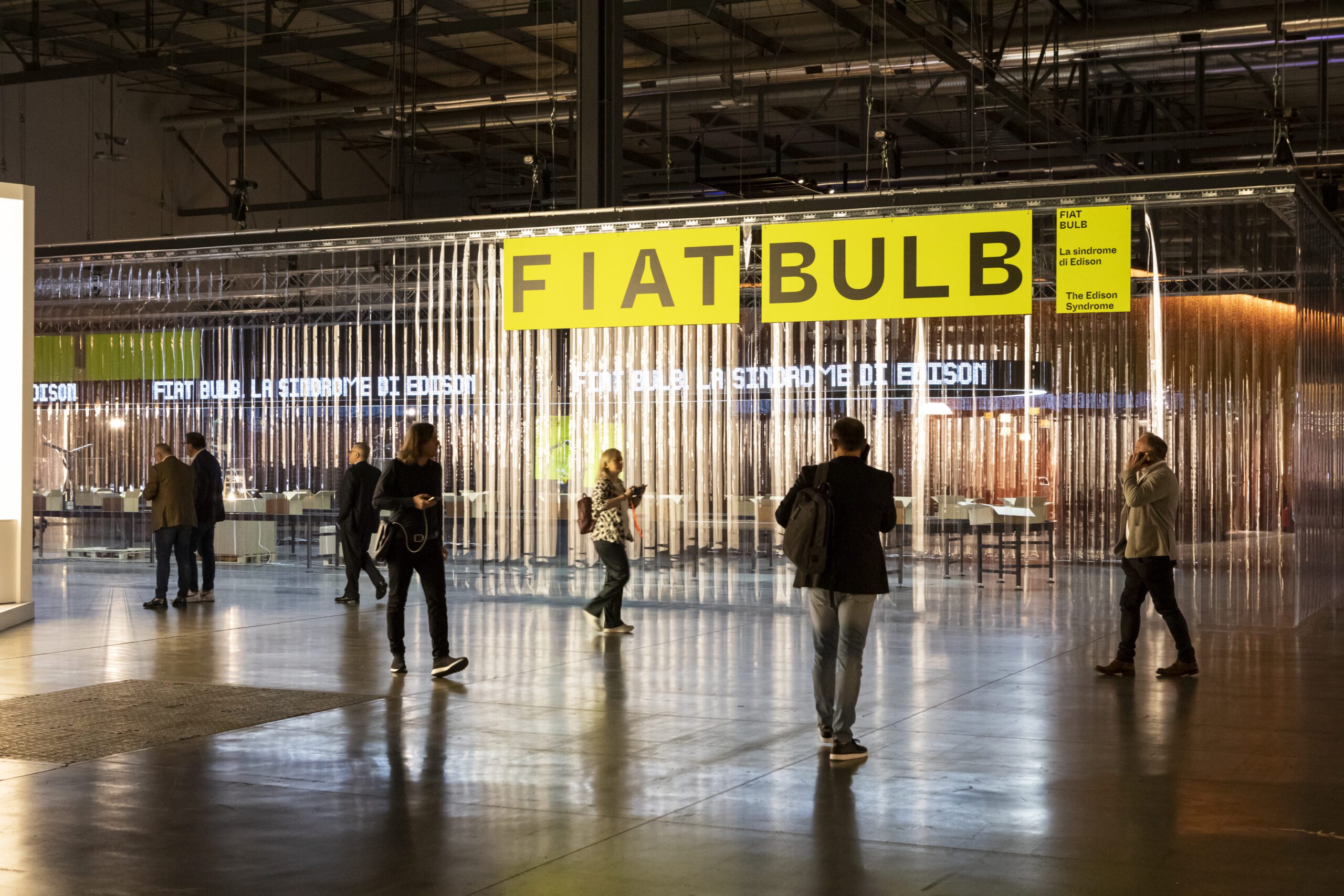In the Hungarian capital city of Budapest, the Széchenyi Chain Bridge has been given a new lease of life following extensive renovations and the introduction of a decorative lighting system controlled by solutions from Pharos Architectural Controls.
The bridge, which opened in 1849, crosses the Danube River and connects the western ‘Buda’ to the eastern ‘Pest’ parts of the city. The refurbishment works dealt with large areas of rust and deterioration; treating the painting and the railings. The structural elements of the bridge have also been replaced and repaired. Furthermore, the bridge will no longer allow for cars to pass over – instead, traffic is limited to taxis, buses, cyclists and pedestrians.
The improvement works have also seen the modernisation of the bridge’s lighting, with the replacement of 1,180 outdated luminaires. The new LED lighting is controlled by a system from Pharos, which not only allows for decorative, full colour spectrum lighting, but also supports a reduction in power costs. This upgrade has been achieved while retaining the lighting aesthetic of the historic bridge and remaining faithful to the structure’s heritage.
The new system was designed and installed by Lisys Projects; an LED lighting specialist across the architectural and entertainment sectors in Hungary. The team from Lisys Projects specified technologies from Pharos in the knowledge that their solutions would meet all the specific requirements of this grand old structure, and reassured by the fact that Pharos is known for reliability and longevity – perfect for external, large-scale installations, such as this one.
The main decorative lighting controller is a 20-universe Pharos Designer LPC X (Lighting Playback Controller X). The LPC X is an award winning, reliable and robust solid-state lighting controller that features individually controllable and independently running timelines and scenes. The LPC X offers an extreme level of power and integration, making it the ideal lighting control solution for landmark lighting installations that require significant channel counts.
Completing the system are four 20-port Pharos Designer EDN (Ethernet Data Node) remote devices for eDMX distribution across the span of the bridge, and a Pharos Designer BPS (Button Panel Station).
The EDN is an easily configurable networking node that is specifically designed to add physical DMX ports to Pharos Designer controllers and integrates natively with the full Pharos Designer range. Offering manual override, the BPS is a versatile eight-button wall station with integrated button LEDs that works with any Pharos Designer Controller.
The bridge can now be illuminated in an array of colours to commemorate and celebrate national and international calendar events. This was not possible with the outdated lighting system, and it is an exciting prospect for the city of Budapest to have a large canvas to visually honour and support special occasions.
Gábor Nyéky, Project Engineer at Lisys Projects said: “The Széchenyi Chain Bridge is very famous in Hungary, so it was a privilege to be part of the project team to breathe new life into it. The new, energy-efficient lighting scheme not only looks great, but it’s also much better for the environment. And, thanks to the control system from Pharos, the bridge can play a key role in the city’s celebrations with dynamic lighting shows.”
Mark De Gruyter, Sales Director at Pharos Architectural Controls added: “The Széchenyi Chain Bridge is not only a stunning architectural feature of Budapest, it serves as a main route to cross the Danube River. As a historic structure, the improvement works were much needed.
“Not only has the system from Pharos supported better energy efficiency for the bridge, it has enabled the incredibly impressive architecture with a new lease of life and looks remarkable when it is bathed in a variety of colours.”






